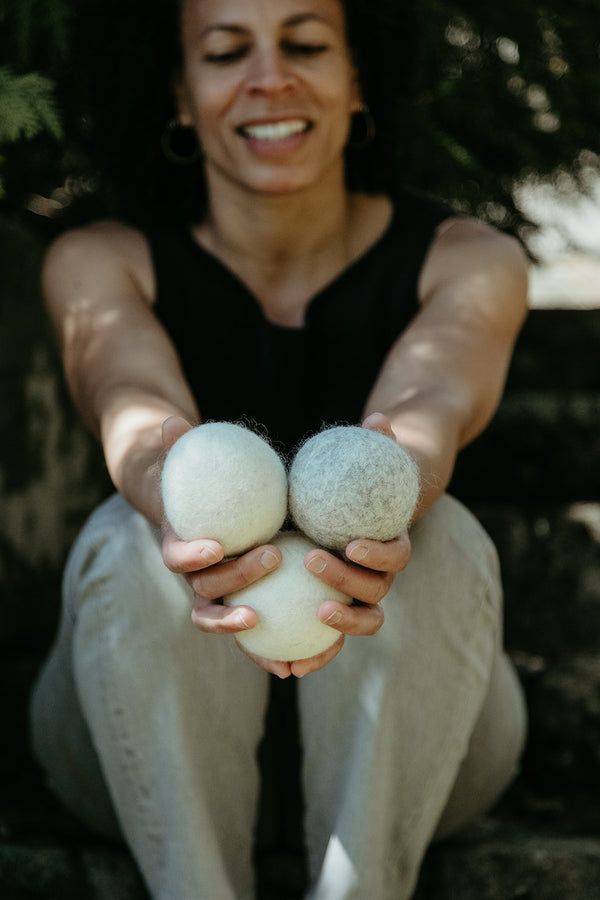Your Cart is Empty
Harvesting a Better Community
June 13, 2016 2 min read

It’s so easy to get to where you’re going, do what you’ve got to do then retreat back into your safe haven, all without eye contact or a hearty hello spoken.
But what kind of life is that? We all long for acceptance, to be part of something bigger than ourselves and the microcosm of a world we live in.
Luckily, a growing number of us are finding kindred spirits in the garden. Maybe not in our own yards but in community gardens sprouting up throughout the country. Here is where we can dig deep, share a laugh and grow more than just vegetables. We can plant the seeds of a greener earth, share the fruit of our labors and bond over the quest for a common goal: to create and nurture an eco-friendly environment.
In our schools, research reveals we can teach the importance of eating healthy, connecting to the earth and improving collaboration skills through community gardens. The effects can be far reaching. In fact, a survey of community gardeners in Denver revealed that 80 percent gardened as children.

Many colleges agree and have for years. The University of Wisconsin, for example, recognized the relationship between gardening and sustainability and established an organic community garden in 1962. Here students and area residents have an outlet for nutrition, recreation, education and community building.
Some community gardens have a myriad of purposes. The mission of the Homeless Garden Project in Santa Cruz, California, is to help “people find the tools they need to build a home in the world.” The city designated 614 acres in 1990 for the city’s first organic garden. By 2002, efforts led to a second garden, a retail store and additional programs to provide “job training and meaningful work in a therapeutic environment.”
Gardens can be a small plot or sprawling acreage. You don’t need a ton of money either.
In South Central Los Angeles, one of the region’s poorest neighborhoods, sits one of the largest community gardens in the country. The 14 acres of plants feeds more than 350 families.
Got land?
In 2009, Santa Monica, California officials and gardeners created a garden-sharing registry where homeowners allow gardeners to come in and do their thing. Yes, they lend their land.
So ask yourself: How does your garden grow and help others?
Leave a comment
Comments will be approved before showing up.
Subscribe
Sign up to get the latest on sales, new releases and more …

Join the LooHoo Community
Sign Up Now to be entered in our monthly giveaway "Win One, Give One" LooHoo 3-Pack. Plus, be the first to learn about new products, sales and giveaways.

